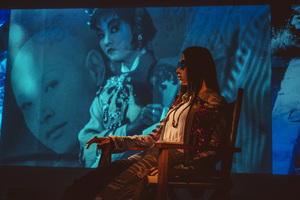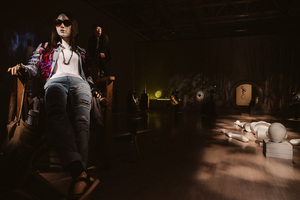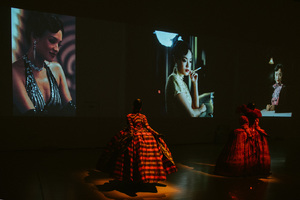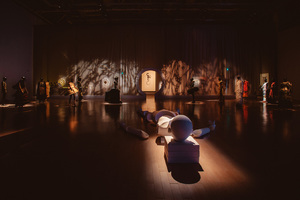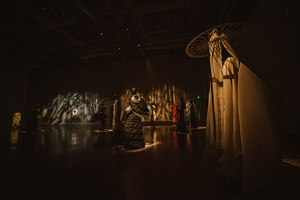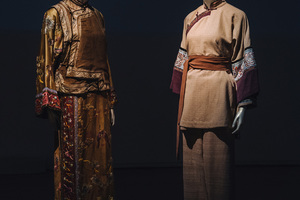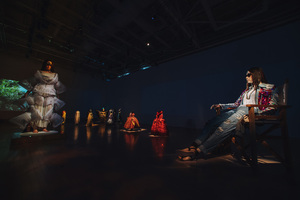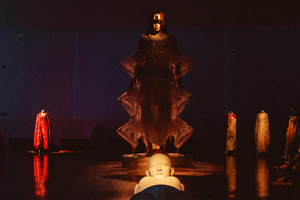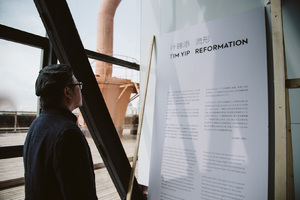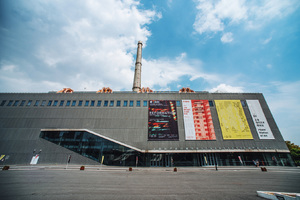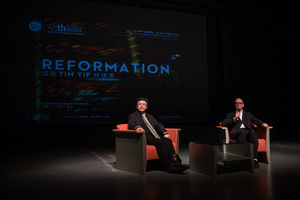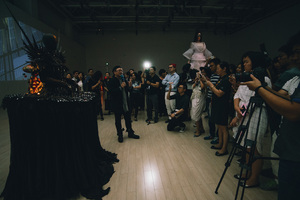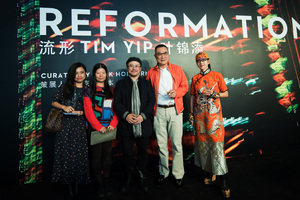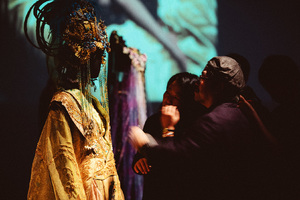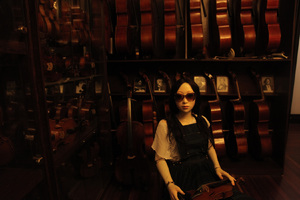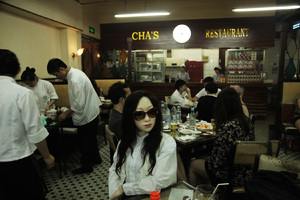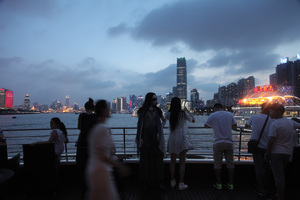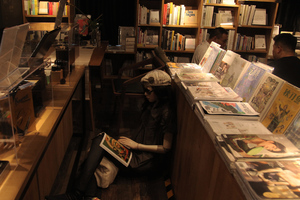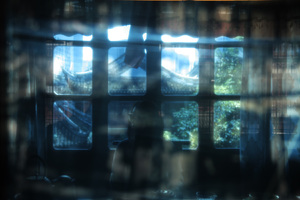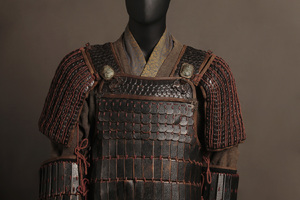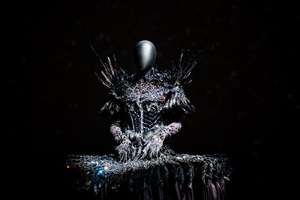Reformation
Tim Yip Solo Exhibition curated by Mark Holborn
September 23 to October 23, 2016 at The Power Station of Art, Shanghai
The starting point to Tim Yip’s exhibition is a traditional Chinese scholar’s library. Such a creative space is well established historically. The contents are revealing. There, a simple but elegant table and chair would sit in a sparse chamber. The brushes for calligraphy would be at hand, scrolls in evidence. The patterns of the windows would allow for a soft light and perhaps glimpses of a garden beyond. In this exhibition we begin in a comparable space that serves as the seat of the imagination. Here, the traditional elements are replaced with objects from the twenty-first century and from the artist’s studio. This is the place where the dreams are constructed.
The walls of the main hall are divided into three areas of projections. Directly ahead is the natural world of The Garden. This incorporates numerous views of Yu Yuan, originally established in Shanghai in the sixteenth century by a government officer from the Ming Dynasty. To the right as one enters is a wall of History, which includes photographs from many of the film productions that Tim Yip has designed. These images are combined with a sense of the specific historical development of Shanghai. The History wall represents a collective memory. To the left, the third wall represents The Street. Here the imagery begins with the dawn rising over a Chinese city and ends in the blazing abstraction of nocturnal light. This wall represents the present.
At the centre of the main space you will encounter Lili, Tim Yip’s muse and subject. Here, in gigantic form, she has become Shanghai Lili. She is the vessel that incorporates all our dreams and memories. We can observe her against the backdrop of the shifting projections. But she too is an observer. The entire space is constructed like a map of the human brain where the past, the present and the infinite natural world coexist. The zones of the imagination are presented as if drawn in a strange new cartography. The course of the exhibition is a passage from the scholar’s library to an equivalent of the interior of the imagination with Lili at its core.
Mark Holborn, Curator
His notion of ‘new orientalism’ in films, dance, theatre and opera is about communicating eastern ideas and aesthetics to an international audience

